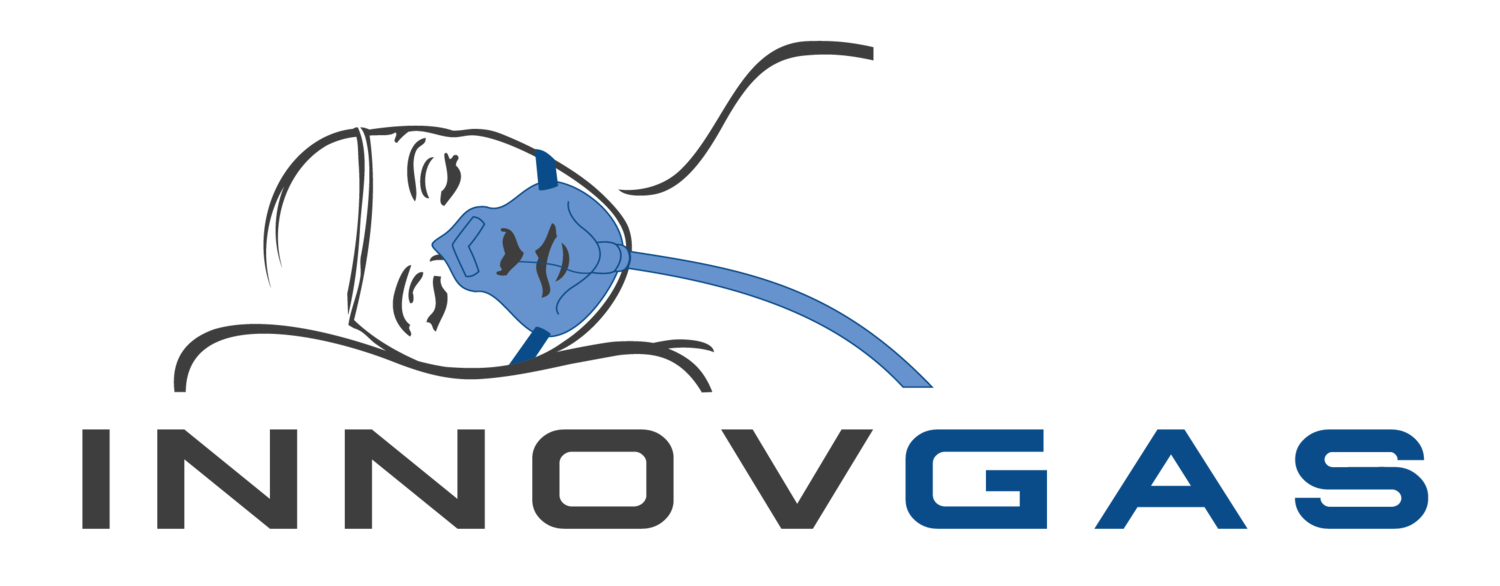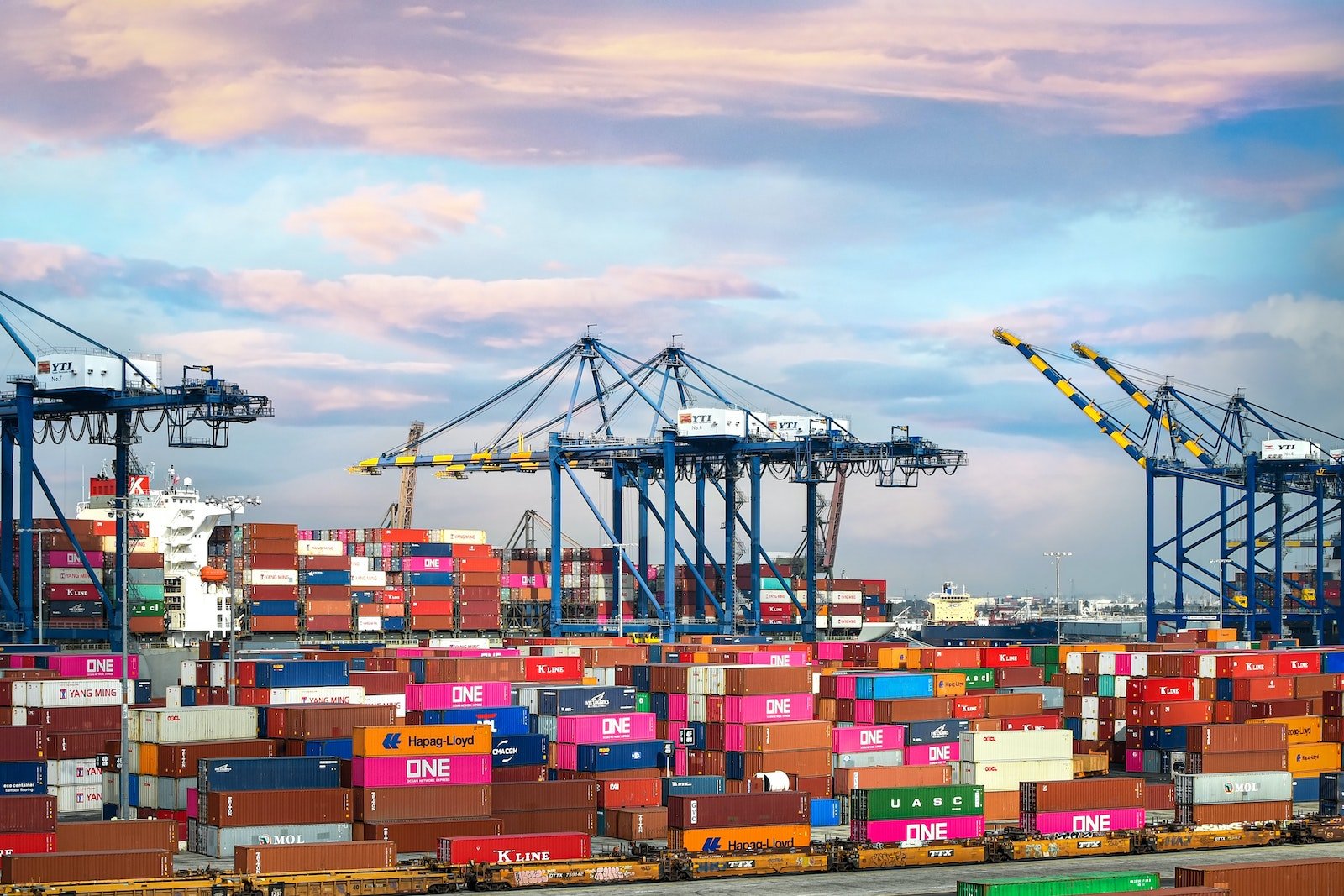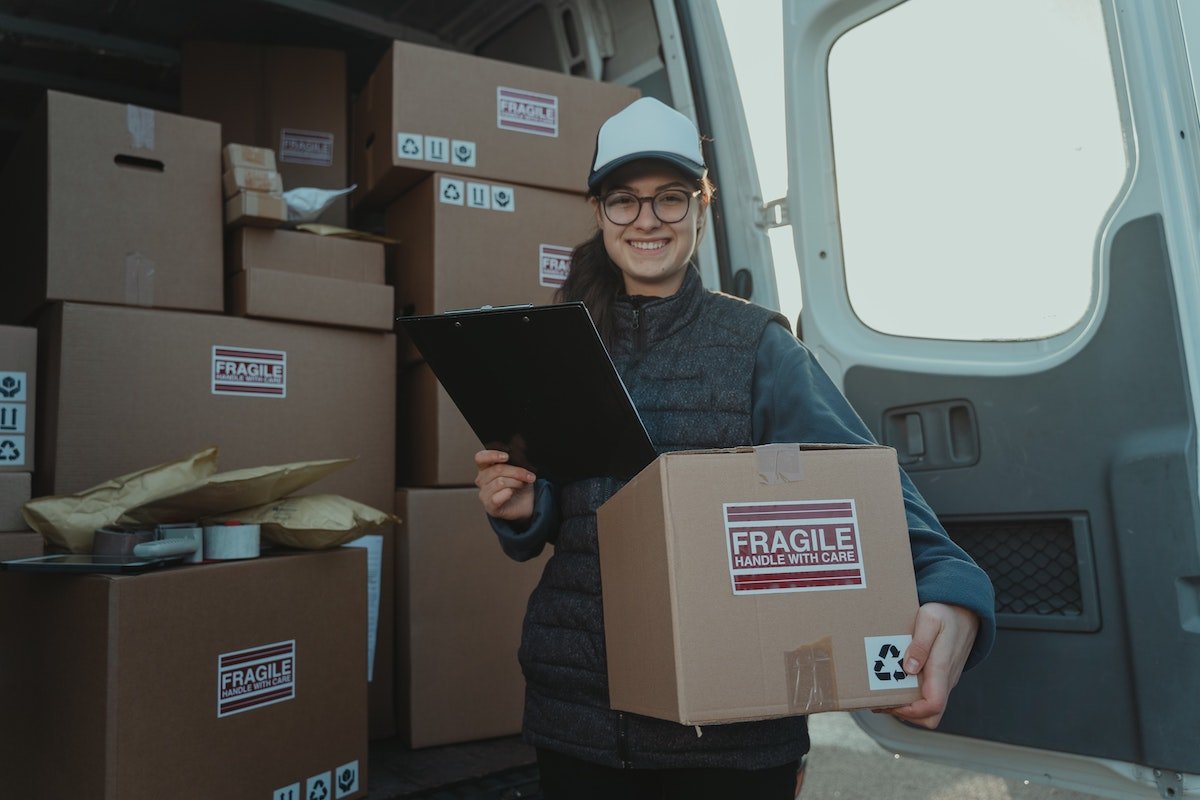Even Santa Claus Struggled in 2021
Santa Claus, a Global Pandemic and Supply Chain Disruptions - what does it all mean?
Every December millions of children, and possibly some adults write a letter to Santa. In that letter, they say they have been very well behaved all year and then tell Santa what they would like for Christmas. Santa checks their letter and on Christmas eve he delivers the Christmas present while children are asleep. We can trace this association with children receiving a gift in December back to the 16th century in Europe and the 18th century in America.
We all know Santa lives and works at the North Pole and it’s here along with Mrs. Santa and his elves that all the presents’ children have asked for are made. But are they? I can let you into a little secret. It’s impossible for Santa and his elves to meet the unprecedented demand for presents. So, he does what other large manufacturers do and he outsources some of his manufacturing. Santa does this through the Elf Corporation with the presents made in China, Malaysia, Singapore, and South Korea.
Naturally, the companies who make the presents for Santa have to sign a non-disclosure agreement and if they ever reveal that they make presents for Santa, their children are put on Santa’s naughty list for life. We can be confident that Santa’s secret is safe!! The Elf Corporation run a very efficient ‘just in time’ global operation to ensure all their presents are ready for delivery on Christmas eve. But it all nearly went horribly wrong last year when the global supply chain almost ground to a halt.
The causes of the disruption to the global supply chain are rooted in our old friend the COVID-19 pandemic
Millions of people across the world were forced into lockdown and inevitably the great manufacturing centres around the world closed down. Ports shut, meaning nothing could move. Ships couldn’t sail, lorries couldn’t move goods and planes couldn’t fly. As lockdowns eased, manufacturing started to return. However, there were restrictions. Safe distancing was required in factories resulting in longer production times. If someone caught COVID-19 they had to self-isolate. This disrupted transport because there weren’t enough people drive the lorries, fly the planes or crew the ships.
Demand for goods also increased as the world came out of lockdown but with continued disruption to manufacturing and the supply chain we have all experienced shortages in the supermarket or trying to buy something only to find that it is out of stock.
The supply chain has been riding a rollercoaster for some time now
Manufacturing increased and goods started to move around the world again. However, shipping companies had reduced their fleets and struggled to meet demand. Shipping containers were in the wrong place and that led to shortages. Export ports in East Asia had fewer workers due to COVID restrictions or outbreaks leading to containers sitting in ports for weeks.
Ports in Europe and America have also experienced staff shortages and have struggled to off load ships. Driver shortages have also meant that shipping containers take longer to leave the ports. The result has been congested ports and queues of ships waiting to enter and off load their cargo. The impact has been dramatic. Back in 2019 it took around 45 days for cargo to travel by sea from China to America. By the end of 2021 that time had almost doubled to 80 days. Air transport of goods has been similarly affected with congestion at airports and delays getting goods out of the airport.
Shipping costs also increased dramatically due to Covid and of course those costs have been passed on to the customer
We are all paying for this disruption. The cost of moving a shipping container from Asia to Europe has almost tripled to nearly $8000 between October 2019 and December 2021. There have also been dramatic increases in air cargo costs during the same period. Costs have increased on the Hong Kong to North America route from $3.62 per Kg. to $5.21 per Kg., which is an increase of 44%. Hong Kong to Europe prices have increased by 154% (from $3.15 per Kg to $8 per Kg.).
Analysts are predicting that supply chain disruption is likely to continue throughout 2022
Industries driving the supply chain such as manufacturing and transport are struggling to find workers. It is estimated there are 80,000 driver vacancies in the USA alone. This is pushing up wages and inevitably prices in the shops.
Transport costs are likely to remain high for some time. Lockdowns are continuing in China which has a ‘zero tolerance’ approach to COVID-19. Any outbreak, no matter how small results in lockdowns in major cities and port hubs. The country is trying to limit the spread of COVID-19 during the Winter Olympics and the Chinese New Year holiday.
Outbreaks have occurred in key port cities of Shenzhen, Tianjin, and Ningbo (the world’s third busiest port), as well as the industrial hub of Xi’an. Shipments were diverted to Shanghai, the busiest port in the world, causing congestion and delays there. Outbreaks have also been reported in major cities such as Beijing and Dalian. The ‘zero tolerance’ taken by the Chinese authorities inevitably disrupts manufacturing, resulting in further delays.
Companies are re-thinking their ‘just in time’ supply chain and build a buffer of inventory to avoid running out of stock. Others are moving more into e-commerce. Both these trends are increasing the demand for warehouse space. One estimate is that the USA will need 1 billion square feet of new warehouse space by 2025. Some companies are considering moving their manufacturing closer to home to avoid future disruption.
So how did Santa manage to navigate the supply chain disruption last Christmas?
Millions of children woke up on Christmas morning with big smiles on their faces. Santa did a rather excellent job. His Elf analysts predicted the disruption, and they also knew which presents would be at the top of wish lists. The Elf corporation have very strong relationships with their partners and the were able to secure their orders early and avoided most of the disruption.
Santa is already increasing his orders for Christmas 2022 to ensure he never lets his customers down by not being able to supply them. After all, they are the children of the world.
2022 will continue to challenge companies to ensure that they can get their products to their customers on time and there will be further bumps along the road
Innovgas develops products in Australia, manufactures them in East Asia and supplies to the world. We continue to collaborate very closely with our partners to keep the road ahead as smooth as possible avoiding supply chain pressures affecting us. Everyone is having to re-think their stock situation to make sure they can always fulfil orders. Maybe in 2022 we should all start thinking like Santa and increase our orders. After all, he has been keeping customers happy for hundreds of years.
Author: Niall Shannon, European Business Manager, Innovgas
This article is based on research and opinion available in the public domain.
Interested in a Free Sample?
Free samples of NoPress, EyePro & BiteMe available upon request.
Conditions apply.





